In Egypt, where daily life is shaped by constant commotion and movement, a growing segment of Egyptians is turning to minimalist interior design.
Originating in the 1930s in Denmark, Sweden, Norway, Finland, and Iceland, the style of design was once confined to industry insiders as a hallmark of the Nordic region.
Nowadays, the aesthetic –defined by sleep lines, muted neutral palettes, uncluttered spaces, and natural materials– is gaining traction in Egypt, specifically Cairo.
What started as a niche trend has become a mainstream movement, with local furniture stores and Instagram influencers alike embracing the Scandinavian ethos of “less is more.” The appeal lies in its promise of calm, simplicity, and order, a visual counterweight to Cairo’s relentless pace, and a striking contrast to Egypt’s long-standing tradition of maximalism and ornate furnishing.
“I wanted my home to feel like a retreat from the city,” Nourhan Hamza, a 32-year-old marketing manager living in Maadi, told Egyptian Streets. “When I discovered Scandinavian minimalism, it felt like a breath of fresh air—clean, functional, and surprisingly cozy.”
After the COVID-19 pandemic confined societies to their homes, transforming their dwellings into spaces for work, study, socializing, and rest, the design and atmosphere of one’s surroundings took on new importance. A clear shift toward calm, minimalist interiors began to take hold, reinforced by broader trends across social media and the retail sector.
Fueled by the global reach of platforms like Pinterest and Instagram, where Nordic and minimalist interiors have become both aspirational and accessible, Egyptian homes witnessed a change.
On Instagram, Egyptian influencers and interior designers such as architect and interior designer Ahmed Hussein, designer Amr Helmy, and interior designer Yasmina Makram have begun showcasing sleek, decluttered makeovers that echo minimalist aesthetics.
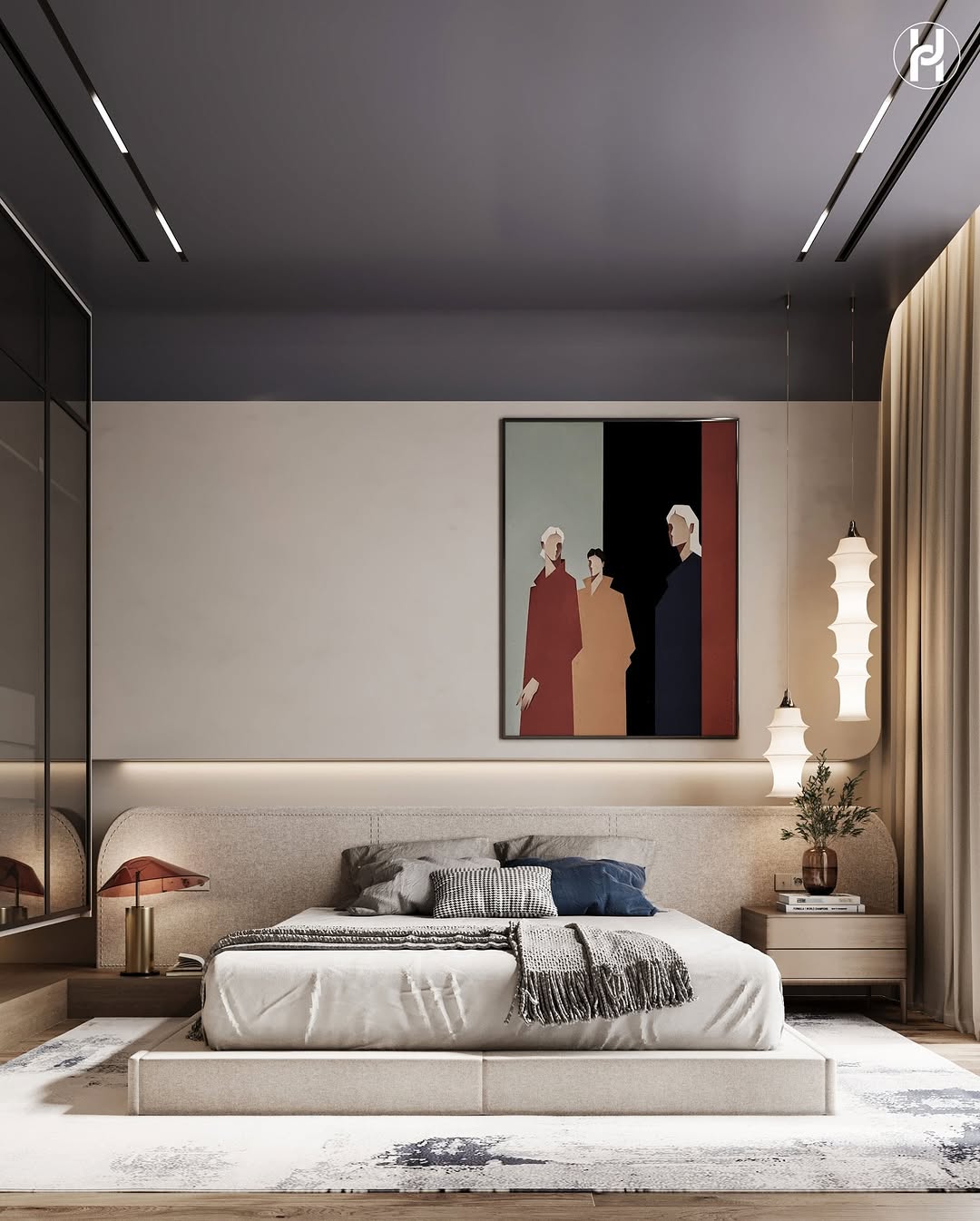
The trend’s momentum is also evident in the retail sector, where furniture stores, including international brands like IKEA Egypt and emerging local startups such as Ricrac, Bohome, and La Casa, are producing affordable minimalist pieces, such as light-wood tables and neutral-toned décor, in response to growing demand.
Hamza recalled how her friends initially questioned the absence of bold colors and traditional patterns, but soon many began adopting elements of the style themselves. “The aesthetic is visually striking and evokes a sense of structure,” she said.
“I feel good in my space when everything is organized. It feels controlled in an out-of-control world.”
Hamza was drawn to the style for its warmth and connection to nature, incorporating materials like wood, linen, and cotton, along with plants as decor. Hidden storage keeps clutter out of sight, while soft lighting creates a cozy, inviting atmosphere.
Ahmed Mostafa, a 28-year-old architect based in Heliopolis, shared a similar enthusiasm. His minimalist home features sleek, multifunctional furniture and an emphasis on natural light.
“Minimalism helps me focus. It helps me create space for what matters, whether that’s work, family, or relaxation,” Mostafa noted, emphasizing that the appeal lies in the balance of aesthetics and practicality. As a professional who works from home frequently, he found that a calm, clutter-free environment became essential.
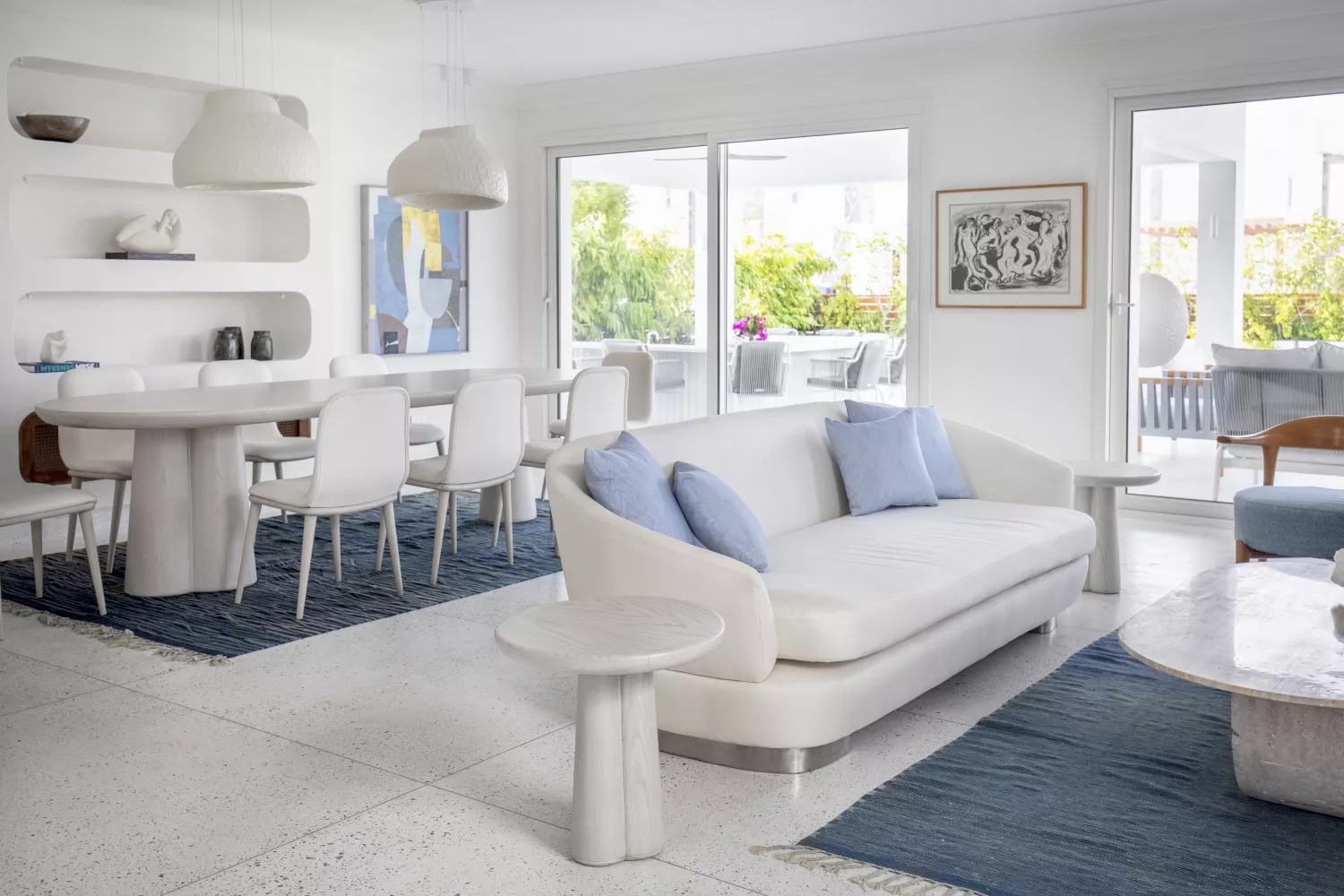
“Scandinavian minimalism offers a way to create that sanctuary without sacrificing style.”
The style has also influenced his professional projects, with more clients requesting minimalist designs that blend Scandinavian simplicity with Egyptian craftsmanship.
He explained, “Sometimes, I am the one to suggest the Scandinavian minimalist style to my clients. Some go for it, while others have reservations.”
According to Mostafa, some individuals argue that minimalism clashes with Egypt’s rich tradition of color and ornate décor, characterized by intricate carvings and moldings, gold or metallic accents, luxurious fabrics like velvet and brocade, and decorative elements including chandeliers and mirrors.
Others worry about the environmental impact of mass-produced minimalist furniture as the market rapidly expands. According to forecasts from Market US, the global minimalist furniture market is expected to grow from USD 50.2 billion (EGP 2.48 trillion) in 2023 to approximately USD 104.4 billion (EGP 5.15 trillion) by 2033.
An article by The New York Times also points to the broader category of fast furniture, defined by its affordability, accessibility, and ease of disposal, as a major contributor to waste and unsustainable consumption. IKEA, for example, is one of the large-scale producers within this category.
This cycle of production carries a broader environmental cost, as it often relies on materials sourced from tropical regions, contributing to deforestation, a major driver of climate change, according to Forti Goods, a sustainable furniture brand. Transport emissions further compound the issue, with raw materials shipped to manufacturers and then again as finished products to consumers.
However, advocates argue that the trend does not erase Egyptian tradition but rather adapts it to contemporary urban life.
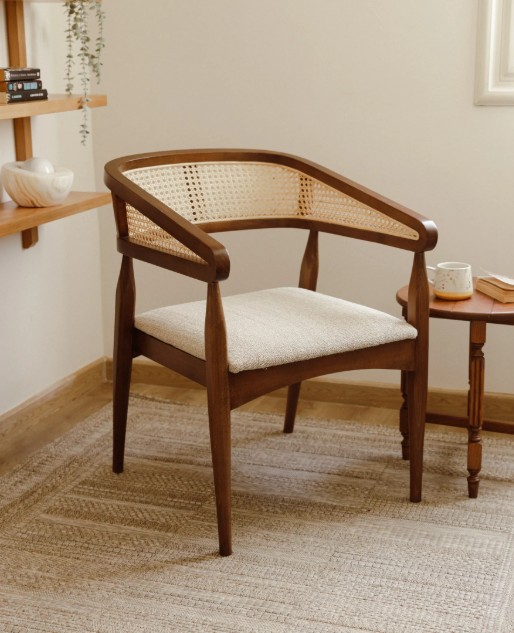
Egyptian designers are blending Scandinavian principles with local craftsmanship, evident in rattan pieces such as chairs and chests of drawers sold by local brands, which have roots in ancient Egyptian design, paired with rich textiles and minimalist layouts.
As Hamza put it, “Minimalism doesn’t reject our culture. It makes room for it, focusing on functionality and what truly matters, whether that’s family, community, or simply a sense of calm.”
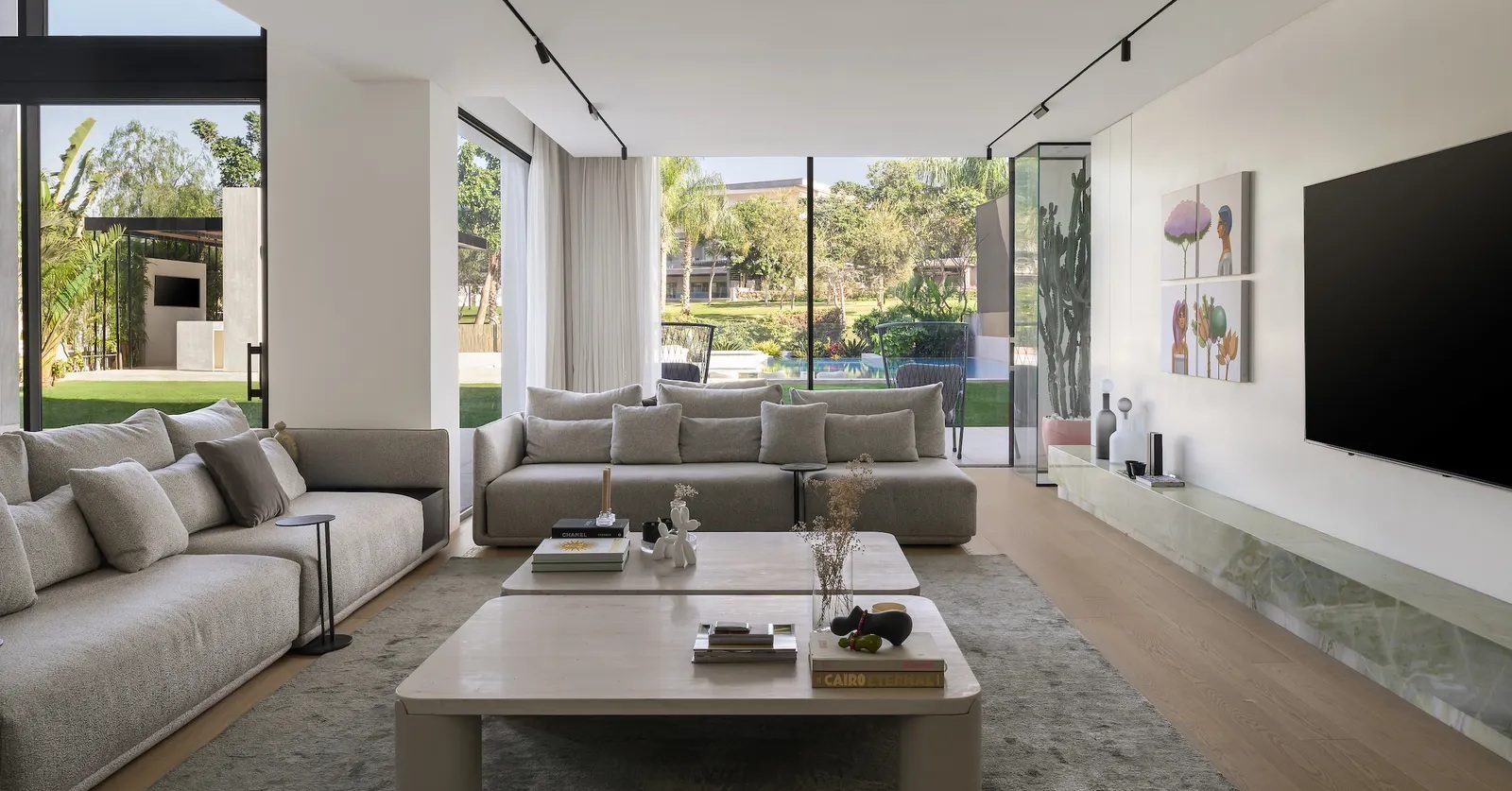



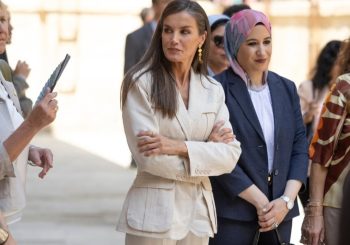

Comments (0)